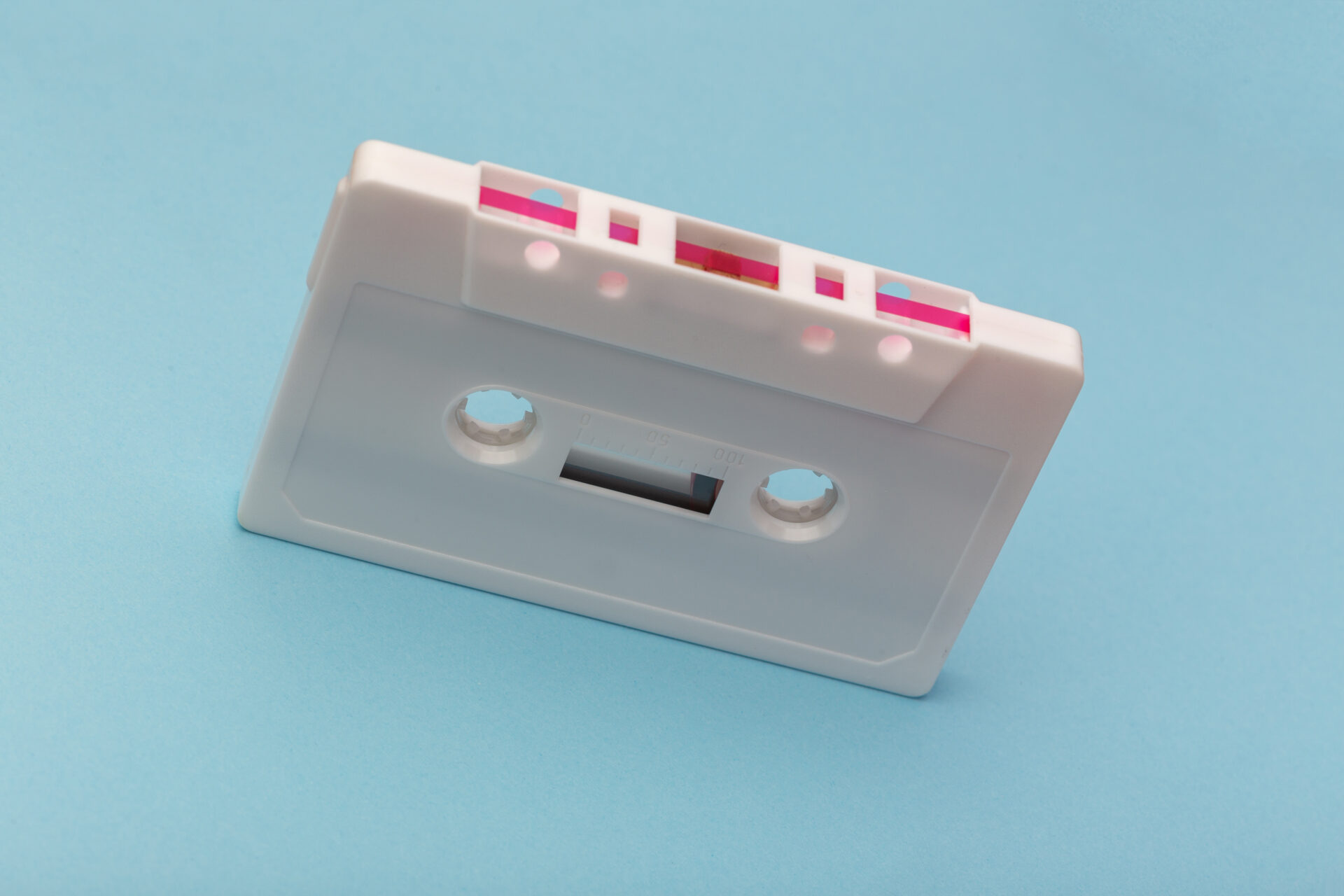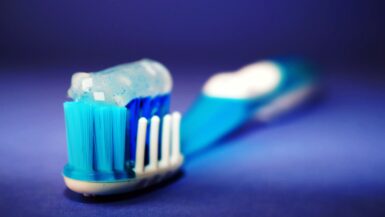In today’s increasingly eco-conscious world, many individuals are seeking ways to reduce their environmental impact and lead a more sustainable lifestyle. One significant area where we can make a difference is by transforming our bathrooms into plastic-free havens. In this informative article, we will delve into the core topics surrounding the transition to a plastic-free bathroom, providing practical tips and solutions for replacing everyday items with eco-friendly alternatives. By making these conscious choices, readers will not only contribute to the global effort to reduce plastic pollution but also enjoy a cleaner, greener, and healthier personal space. So let’s embark on this journey together towards a more sustainable future, one bathroom at a time.
Eco-Friendly Bathroom Essentials: Alternatives to Plastic Products
Transitioning to a plastic-free bathroom involves evaluating our daily routines and making conscious decisions about the products we use. By selecting eco-friendly alternatives, we can create a more sustainable bathroom environment and reduce our overall plastic waste. In this section, we will explore some essential plastic-free alternatives for various bathroom items to help you make the shift to a greener lifestyle.
Swap Plastic Toothbrushes for Bamboo Ones
Traditional plastic toothbrushes contribute significantly to plastic waste, as they are virtually impossible to recycle. By switching to a biodegradable bamboo toothbrush, you are not only making an eco-friendly choice but also supporting the growth of sustainable materials. Bamboo toothbrushes are naturally antimicrobial and come in various bristle options, ensuring that you can find one that suits your oral care needs.
Choose Natural, Plastic-Free Dental Floss
Most dental floss varieties are made from nylon and come packaged in a plastic container. To minimize waste, consider opting for a natural, plastic-free floss made from biodegradable materials such as silk or bamboo fiber. These floss options often come in reusable glass containers or recyclable packaging, further reducing their environmental impact.
Consider Reusable Cotton Rounds for Facial Cleansing
Disposable cotton rounds are not only wasteful but often come packaged in plastic. Replace them with reusable cotton rounds made from organic, sustainably-sourced materials. These eco-friendly alternatives are washable, durable, and gentle on your skin, making them the perfect addition to your plastic-free bathroom routine.
Opt for Solid Soap Bars Over Liquid Soap
Liquid soap typically comes in plastic containers, contributing to the plastic waste problem. By switching to solid soap bars, you can reduce this waste while still maintaining good hygiene. Look for soap bars made from natural, plant-based ingredients and wrapped in biodegradable or recyclable packaging to further minimize your environmental impact.
Invest in a Safety Razor for Sustainable Shaving
Disposable plastic razors are a significant source of plastic waste. A long-lasting alternative is a safety razor, which features a stainless steel body and replaceable razor blades. While the initial investment may be slightly higher, safety razors offer a more sustainable, cost-effective, and luxurious shaving experience in the long run.
By making these simple swaps in your bathroom, you can significantly reduce your plastic consumption and pave the way for a more sustainable future. Remember, every small change counts, and together, we can make a positive impact on our planet.
Sustainable Oral Care: Choosing a Biodegradable Toothbrush and Toothpaste
Oral care is an integral part of our daily routines, and by making eco-conscious choices in this area, we can significantly reduce our plastic footprint. In this section, we will explore biodegradable and sustainable alternatives for toothbrushes and toothpaste, allowing you to maintain excellent oral hygiene while also caring for our planet.
Why Bamboo Toothbrushes are a Greener Choice
As mentioned earlier, bamboo toothbrushes serve as an excellent alternative to their plastic counterparts. The rapid growth rate and natural antimicrobial properties of bamboo make it an ideal material for toothbrush production. Additionally, the biodegradable nature of bamboo means that once the toothbrush has reached the end of its life, it can be composted or repurposed, reducing waste. When choosing a bamboo toothbrush, look for one with bristles made from plant-based or biodegradable materials for a fully sustainable option.
Discovering Eco-Friendly Toothpaste Options
Traditional toothpaste tubes are made from a combination of plastic and aluminum, making them difficult to recycle. To avoid contributing to plastic pollution, consider selecting toothpaste packaged in more sustainable materials, such as glass jars or recyclable aluminum tubes. Alternatively, you can opt for toothpaste tablets or powder, which often come in plastic-free packaging and require less water in their production process.
Understanding the Importance of Natural Ingredients
Many conventional toothpaste brands contain ingredients that can be harmful to both your health and the environment, such as microplastics, artificial colors, and synthetic fragrances. By choosing toothpaste made from natural, plant-based ingredients, you can ensure that you are not only caring for your oral health but also avoiding the release of harmful substances into the environment. Look for toothpaste options that are free from harsh chemicals and contain ingredients like baking soda, coconut oil, and essential oils for a more eco-friendly approach to oral care.
Make Your Own Plastic-Free Toothpaste
If you’re feeling adventurous and want to take your sustainable oral care journey a step further, consider making your own toothpaste at home. By combining natural ingredients like baking soda, coconut oil, and essential oils, you can create an effective and environmentally friendly toothpaste that suits your needs. Homemade toothpaste can be stored in a reusable glass jar, further reducing waste and allowing you to customize the flavor and consistency to your liking.
Transitioning to a plastic-free oral care routine is not only beneficial for the environment but can also improve your overall health by reducing exposure to harmful chemicals. By choosing biodegradable toothbrushes, eco-friendly toothpaste options, and embracing natural ingredients, you’ll be well on your way to a greener and healthier bathroom experience.
Green Hair Care: Switching to Shampoo and Conditioner Bars
Embracing a plastic-free lifestyle extends beyond simply replacing toothbrushes and containers; it also involves rethinking our hair care routine. One significant way to reduce plastic waste in the bathroom is by swapping conventional liquid shampoo and conditioner bottles for their solid counterparts. In this section, we will delve into the benefits of using shampoo and conditioner bars, as well as providing tips on how to make a smooth transition for a greener hair care experience.
Understanding the Environmental Benefits of Shampoo and Conditioner Bars
Shampoo and conditioner bars are not only compact and convenient but also offer substantial environmental benefits. They typically come wrapped in biodegradable or recyclable packaging, eliminating the need for plastic bottles that contribute to landfills and ocean pollution. Furthermore, solid bars require less water during production and transportation, reducing the overall carbon footprint of your hair care routine.
Discovering the Right Bar for Your Hair Type
With the growing popularity of shampoo and conditioner bars, you can now find a wide range of options tailored to suit various hair types and concerns. From bars designed for color-treated hair to those targeting specific issues such as dryness or oily scalp, there is a solid hair care solution for everyone. When making the switch, take the time to research and select a bar that matches your hair needs, ensuring a seamless transition and optimal results.
Mastering the Art of Using Shampoo and Conditioner Bars
Using shampoo and conditioner bars might require a slight adjustment to your hair care routine, but with a little practice, you’ll quickly become a pro. To use a shampoo bar, simply wet your hair and the bar, and then rub the bar gently onto your scalp in circular motions, creating a rich lather. Massage the lather throughout your hair, and then rinse thoroughly. For the conditioner bar, glide it over wet hair from mid-length to the ends, focusing on areas that need extra hydration. Allow the conditioner to sit for a few minutes before rinsing out completely.
Storing Your Bars for Longevity and Hygiene
To maximize the lifespan of your shampoo and conditioner bars, it’s crucial to store them in a well-draining soap dish or container, allowing them to dry thoroughly between uses. This not only prevents the bars from becoming mushy but also maintains their effectiveness and ensures a hygienic hair care routine.
Transitioning to shampoo and conditioner bars is a simple yet impactful step towards a plastic-free bathroom. By making this eco-friendly swap, you’ll not only contribute to a cleaner environment but also enjoy a more sustainable and personalized hair care experience.
Zero-Waste Skincare: Natural and Plastic-Free Solutions
Adopting a plastic-free bathroom routine also involves reevaluating our approach to skincare. With the beauty industry being a significant contributor to plastic waste, it’s crucial to find eco-friendly alternatives to traditional products. In this subsection, we’ll explore some effective zero-waste skincare solutions, focusing on natural and plastic-free options that will not only benefit your skin but also the environment.
Discover the Power of Multi-Use Products
One way to minimize plastic waste in your skincare routine is by opting for multi-use products that serve various purposes. For instance, consider using natural oils like coconut or jojoba oil, which can be used as a facial cleanser, moisturizer, and makeup remover. These oils often come in glass or metal containers, reducing plastic consumption while simplifying your skincare regimen.
Embrace the Benefits of Solid Cleansers and Moisturizers
Solid skincare products, such as cleansing bars and moisturizing lotion bars, are excellent alternatives to their liquid counterparts packaged in plastic bottles. These products are typically wrapped in biodegradable or recyclable packaging and are formulated with natural ingredients, providing an eco-friendly approach to skincare. Ensure that you store these solid products in a well-draining container to prolong their lifespan and maintain their effectiveness.
Get Creative with DIY Skincare Recipes
Creating your own skincare products at home is not only a fun and cost-effective solution, but it also allows you to control the ingredients and reduce plastic waste. By using natural, sustainably-sourced ingredients like honey, oats, and essential oils, you can craft customized skincare solutions that suit your specific needs. Store your homemade creations in reusable glass jars or metal tins, further minimizing waste and contributing to a plastic-free bathroom.
Opt for Reusable and Sustainable Tools
Many skincare tools, such as facial cleansing wipes and exfoliating scrubs, often come wrapped in plastic or contain plastic components. To make a more sustainable choice, consider using reusable alternatives like washable makeup remover pads, muslin cloths, or konjac sponges. These eco-friendly tools are not only gentle on your skin but can also be washed and reused, reducing waste and promoting a greener skincare routine.
Support Brands with Eco-Conscious Packaging and Practices
As the demand for sustainable beauty options grows, many brands are now offering plastic-free packaging and adopting environmentally-friendly practices. By supporting these brands, you are not only investing in your skincare but also encouraging the industry to move towards a more sustainable future. Look for products housed in glass, metal, or biodegradable containers, and prioritize brands that prioritize ethical sourcing, cruelty-free practices, and minimal waste.
Transforming your skincare routine into a zero-waste, plastic-free experience is not only beneficial for the environment but can also lead to healthier, happier skin. By embracing multi-use products, solid cleansers, DIY skincare solutions, reusable tools, and eco-conscious brands, you’ll be well on your way to a more sustainable and rejuvenating skincare experience.
Tips for Reducing Plastic Waste in Your Bathroom Cleaning Routine
Cleaning our bathrooms is essential for maintaining a healthy and hygienic living space. However, many conventional cleaning products and tools come in plastic packaging or contain plastic components, contributing to the growing issue of plastic waste. In this subsection, we will provide valuable tips for reducing plastic waste in your bathroom cleaning routine, focusing on eco-friendly alternatives and practices that will leave your bathroom sparkling and the environment smiling.
Switch to Natural, Plastic-Free Cleaning Products
Many bathroom cleaning products come in plastic bottles, which can be difficult to recycle and end up polluting our oceans and landfills. To minimize plastic waste, opt for cleaning solutions that are packaged in glass, metal, or biodegradable containers. Additionally, choose products that are made from natural, non-toxic ingredients, ensuring a safer and more environmentally friendly cleaning experience.
Embrace the Magic of DIY Cleaning Solutions
Creating your own bathroom cleaning solutions is not only cost-effective but also allows you to avoid plastic packaging and harsh chemicals. By combining common household ingredients like baking soda, vinegar, and essential oils, you can concoct effective and eco-friendly cleaning solutions tailored to your specific needs. Store your homemade solutions in reusable glass spray bottles or metal containers, further reducing plastic waste.
Invest in Reusable Cleaning Tools
Many disposable cleaning tools, such as scrubbing sponges and wipes, are made from plastic materials and come packaged in plastic. By switching to reusable alternatives like washable microfiber cloths, natural bristle brushes, or silicone scrubbers, you can minimize waste while still ensuring a thorough clean. These reusable tools can be washed and used repeatedly, making them a more sustainable choice for your bathroom cleaning routine.
Repurpose Old Items for Cleaning Tasks
Instead of purchasing new cleaning tools, consider repurposing old items that would otherwise be discarded. For example, worn-out toothbrushes can be used for scrubbing grout, while old towels or t-shirts can be transformed into reusable cleaning cloths. This not only helps reduce plastic waste but also extends the life of these items, making your bathroom cleaning routine more sustainable and resourceful.
Adopt a Minimalist Approach to Bathroom Cleaning
By simplifying your bathroom cleaning routine and focusing on a few essential, eco-friendly products and tools, you can effectively reduce your reliance on plastic. Adopting a minimalist approach not only lessens plastic waste but also saves time, money, and resources by eliminating the need for numerous cleaning products and tools. This streamlined routine allows you to maintain a clean and hygienic bathroom while also contributing to a greener and more sustainable lifestyle.
Transitioning to a plastic-free bathroom cleaning routine is a practical and impactful way to reduce plastic waste and support a healthier environment. By choosing natural cleaning products, embracing DIY solutions, investing in reusable tools, repurposing old items, and adopting a minimalist approach, you’ll be well on your way to a cleaner, greener, and more eco-friendly bathroom experience.





Leave a reply